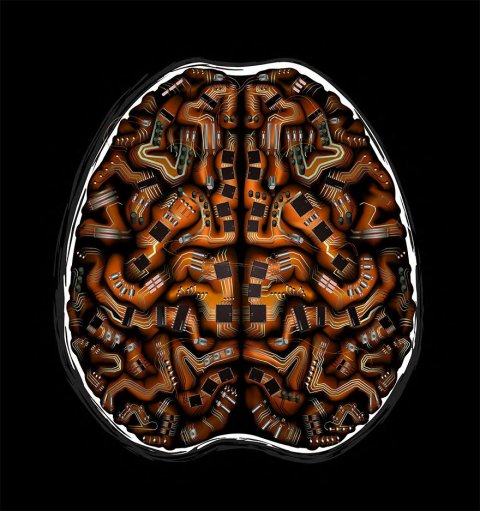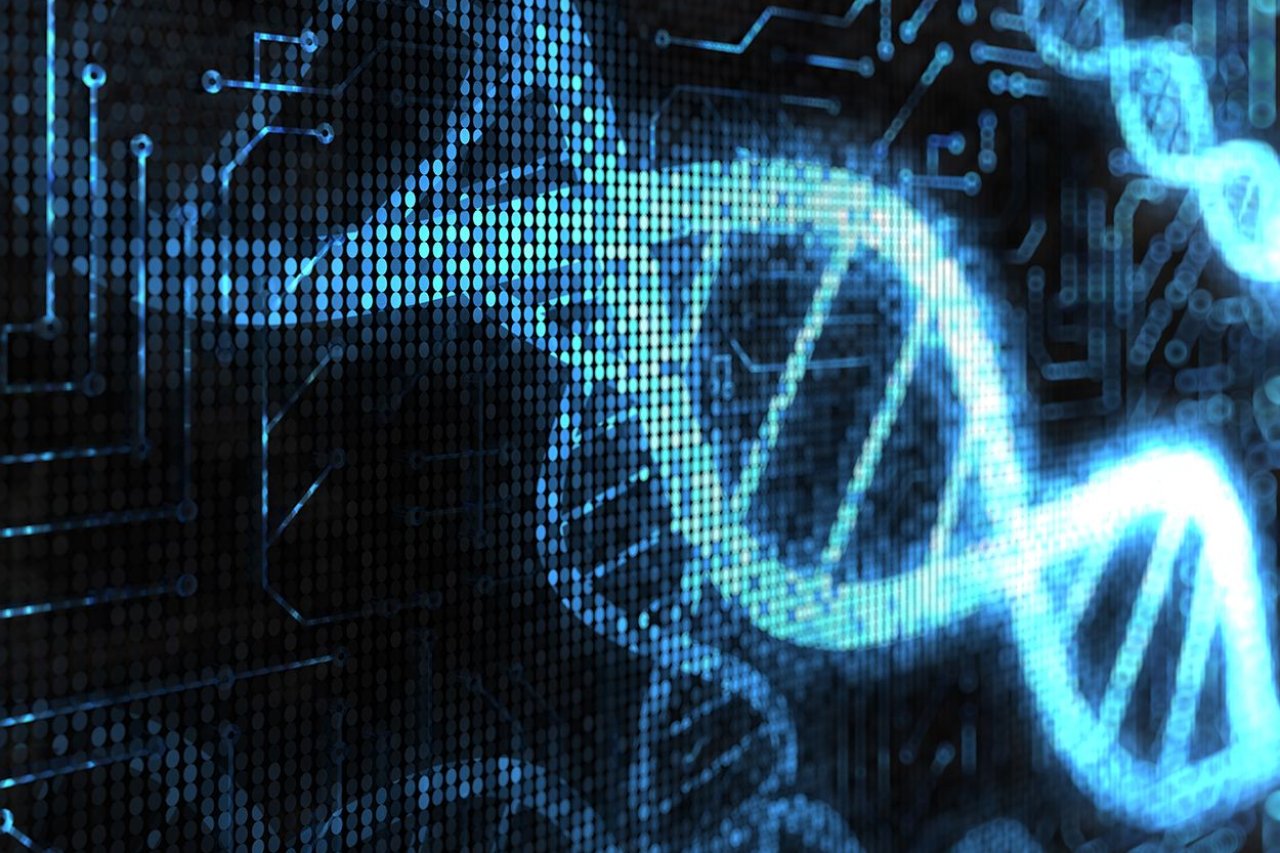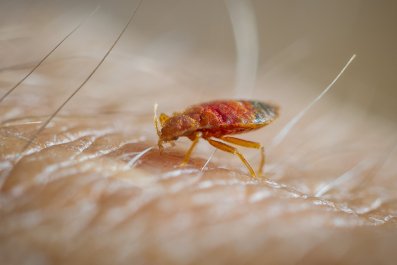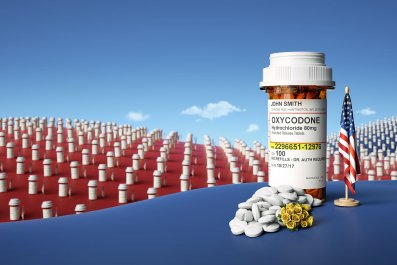Four out of 10—that's how many Americans the National Cancer Institute estimates will be diagnosed with cancer at some point. While 33 percent of those patients won't live longer than five years, giving them precious little time to find effective treatments, it takes over a decade to bring new cancer drugs to market. The process involves animal testing, human trials and regulatory review—a gantlet through which less than 7 percent of experimental medicines successfully pass. Is it any wonder, then, that there are less than 2,000 Food and Drug Administration-approved pharmaceuticals on the market? Not 2,000 cancer treatments— 2,000 drugs for all diseases.
Insilico Medicine, a Baltimore-based biotech research company, hopes to revolutionize drug development by slashing the time necessary for research with the help of artificial intelligence (AI). In a study published in the medical journal Oncotarget, a team led by Insilico Medicine details their approach. Essentially, researchers built two computer networks (together known as generative adversarial networks, or GANs). One suggests new molecules that may have cancer-fighting properties; the other eliminates those suggestions based on known treatments. "It's better to explain with an analogy from art," says Polina Mamoshina, a research scientist at Insilico Medicine. If cancer drugs were works of art, she says, the first network would be an art student attempting to copy them, and the second network would be an art expert flagging forgeries. Each time the student's work gets called out as a forgery, the student must get better at copying the original; each time the student's work gets better, the expert must work harder at spotting forgeries.

Relating that back to GANs, as the first network keeps trying to "trick" the latter into accepting new molecules as legitimate drugs, both better learn what cancer treatments should look like. Once they're through testing each other, the networks can be used to vet compounds for their cancer-fighting potentials. In this way, the team from Insilico Medicine screened 72 million chemicals from a public database. Among the compounds selected by the GANs were 60 patented cancer treatments—meaning that the networks were able to accurately identify these medicines and that the other compounds they selected were likely worthy of further study.
Compared with standard in vitro (test tube) experimentation, this in silico (computer-tested) method is exponentially faster. Instead of beginning the search for a new cancer treatment with a million compounds that have potential, researchers could, in just one month, narrow the pool of candidates to the 100 most promising leads.
This approach not only fosters faster drug development but is more cost-effective research too. Each experimental medicine that fails to make it through the development process is a loss of several million dollars' worth of labor and resources. A study from the Journal of Health Economics estimates that the costs associated with failed drugs adds more than $1.6 billion to the cost of each successful one. With fewer, more promising leads, researchers could save millions, perhaps billions.
But not everyone is confident about the applications of in silico testing. Mamoshina acknowledges that many cancer researchers who work with more traditional biological and chemical methods are unfamiliar with AI, which can breed doubt. "To them, it's a black box," she says. " It's really challenging to understand, which is why they're really skeptical."
As with other cutting-edge technologies, hype may also be fueling the progress in—and setting the potential pitfalls for—Insilico Medicine. Olexandr Isayev, an assistant professor at the University of North Carolina whose lab focuses on developing methods of AI-assisted drug discovery, acknowledges that there may be too much excitement over a technology that has yet to provide any material results. "Most published papers, including this one, are purely computational," he says. "Unfortunately, some predictions could be wrong. I really would like to see the first experimental confirmation of 'AI-discovered' molecules."
As would Insilico Medicine, which continues to develop GANs. Rather than licensing out the technology in a sort of software-as-a-service model, the company is expanding research into the molecules the networks have identified as having cancer-fighting potential. Once these compounds pass through traditional in vitro testing, they will be licensed out to pharmaceutical companies for further regulatory review and, if all goes well, marketing. This past August, it was announced that Insilico Medicine is partnering with pharmaceutical giant GlaxoSmithKline to begin implementing some of its new research techniques.
Insilico Medicine's belief in this new approach is reflected in its decision to license the drugs it discovers, rather than the tools of discovery themselves. Yet for the company to prove that AI can in fact eliminate the guesswork involved in early drug discovery, Insilico Medicine will have to head back to the lab—and the test tubes.















